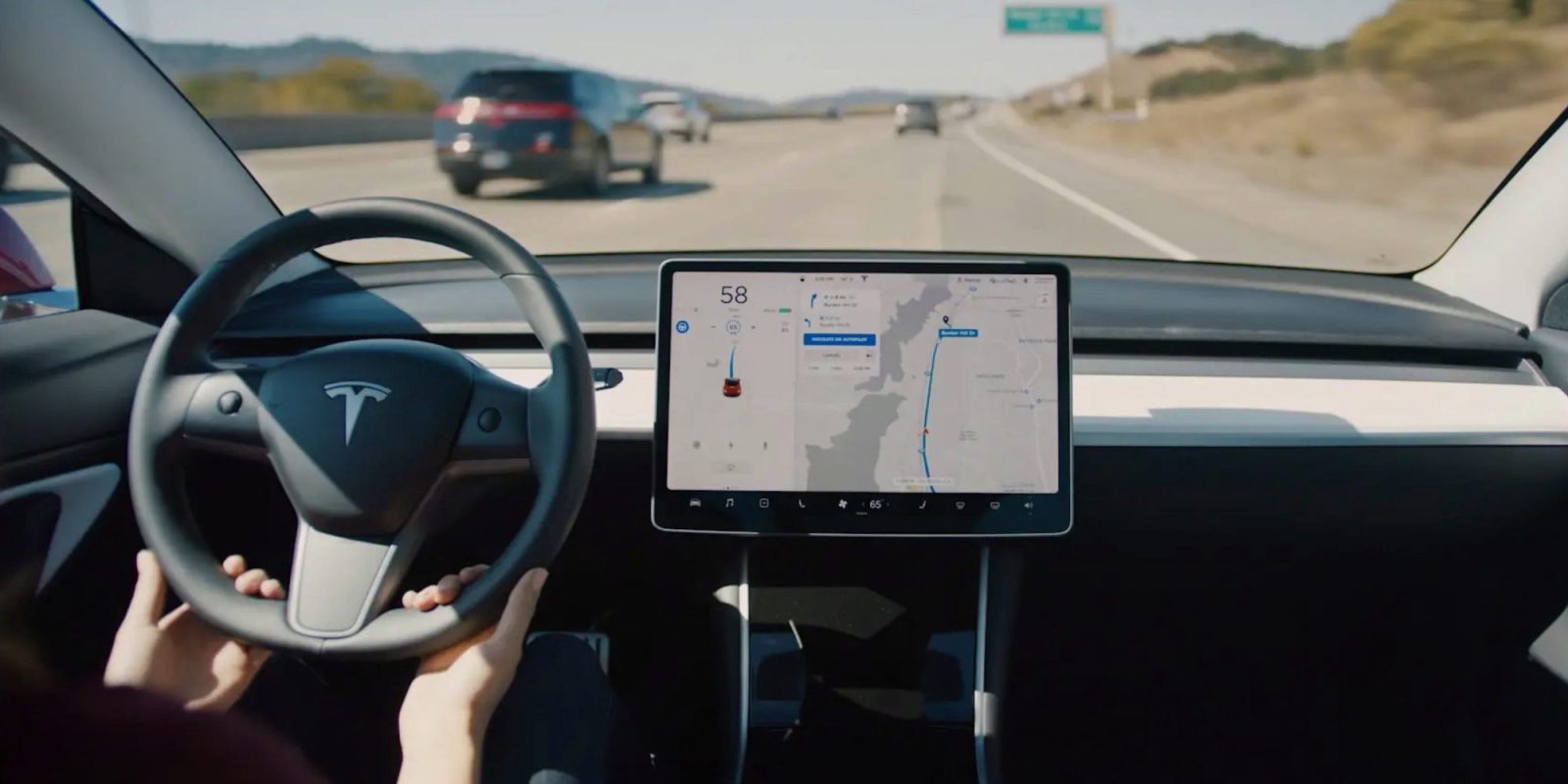
Tesla crashes while driving on Autopilot increased a lot quarter-to-quarter, according to Tesla’s own Vehicle Safety Report, but it was to be expected with the tougher driving conditions in the winter and crashes are still less frequent than without Autopilot.
For over a year now, Tesla has been releasing a voluntarily quarterly safety data report “in order to provide critical safety information about our vehicles to the public.”
The data is not perfect, but it’s the best we have right now to statistically study the safety of Autopilot within a large fleet.
Today, Tesla released the report for the fourth quarter of 2019:
“In the 4th quarter, we registered one accident for every 3.07 million miles driven in which drivers had Autopilot engaged. For those driving without Autopilot but with our active safety features, we registered one accident for every 2.10 million miles driven. For those driving without Autopilot and without our active safety features, we registered one accident for every 1.64 million miles driven. By comparison, NHTSA’s most recent data shows that in the United States there is an automobile crash every 479,000 miles.”
It compares to the following stats from the previous quarter:
- one accident for every 4.34 million miles driven in which drivers had Autopilot engaged
- one accident for every 2.70 million miles driven in which drivers didn’t have Autopilot engaged but with active safety features
- one accident for every 1.82 million miles driven in which drivers didn’t have Autopilot engaged nor any active safety feature
It represents a significant increase in the number of accidents per mile for Autopilot.
The increase can be partly explained by the tougher road conditions due to the winter starting in some markets.
The data from the same quarter for the previous year show a very slight improvement of accidents per mile for Autopilot.
However, the data still looks good for Autopilot when compared to the entire auto market. With a crash every 479,000 miles for vehicles overall, Autopilot is about 6 times safer with a crash every 3.07 million miles based on this very simplistic way to look at the situation. Here’s a great visualization from Hypercharts:

Electrek’s Take
The main complaint about Tesla’s set of Autopilot data is that the system is mostly used on the highway versus city driving, where accidents are more common.
Therefore, it’s not really useful to compare those two datasets.
Also, the comparison with the overall NHTSA data also includes older vehicles, which are more likely to be involved in accidents than Tesla’s much more recent vehicles on average.
However, the data with Tesla vehicles without Autopilot and without active safety features is a more interesting comparison point in my opinion and it is promising.
It’s the best we have right now, but there’s definitely room for improvement.
FTC: We use income earning auto affiliate links. More.





Comments